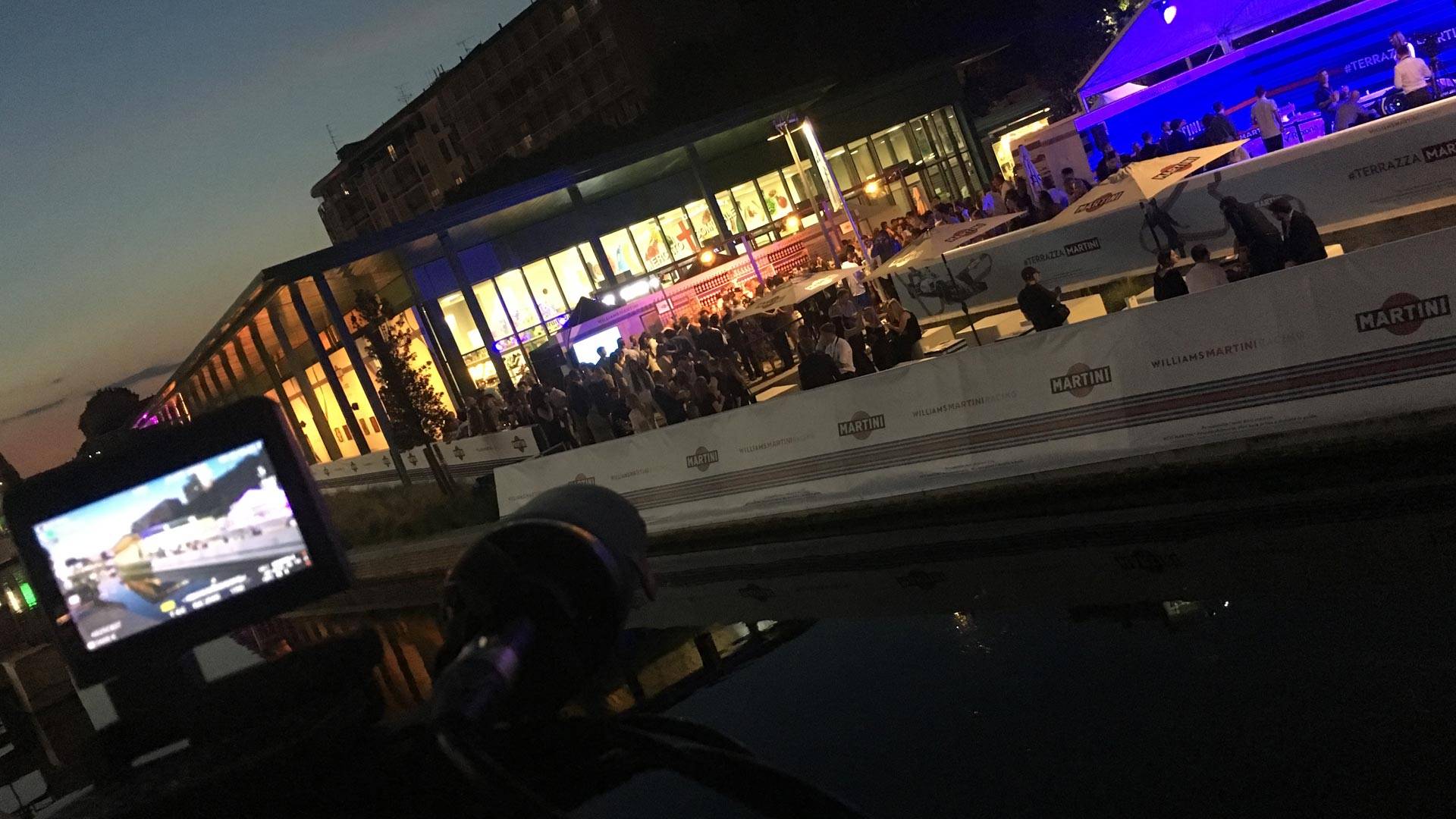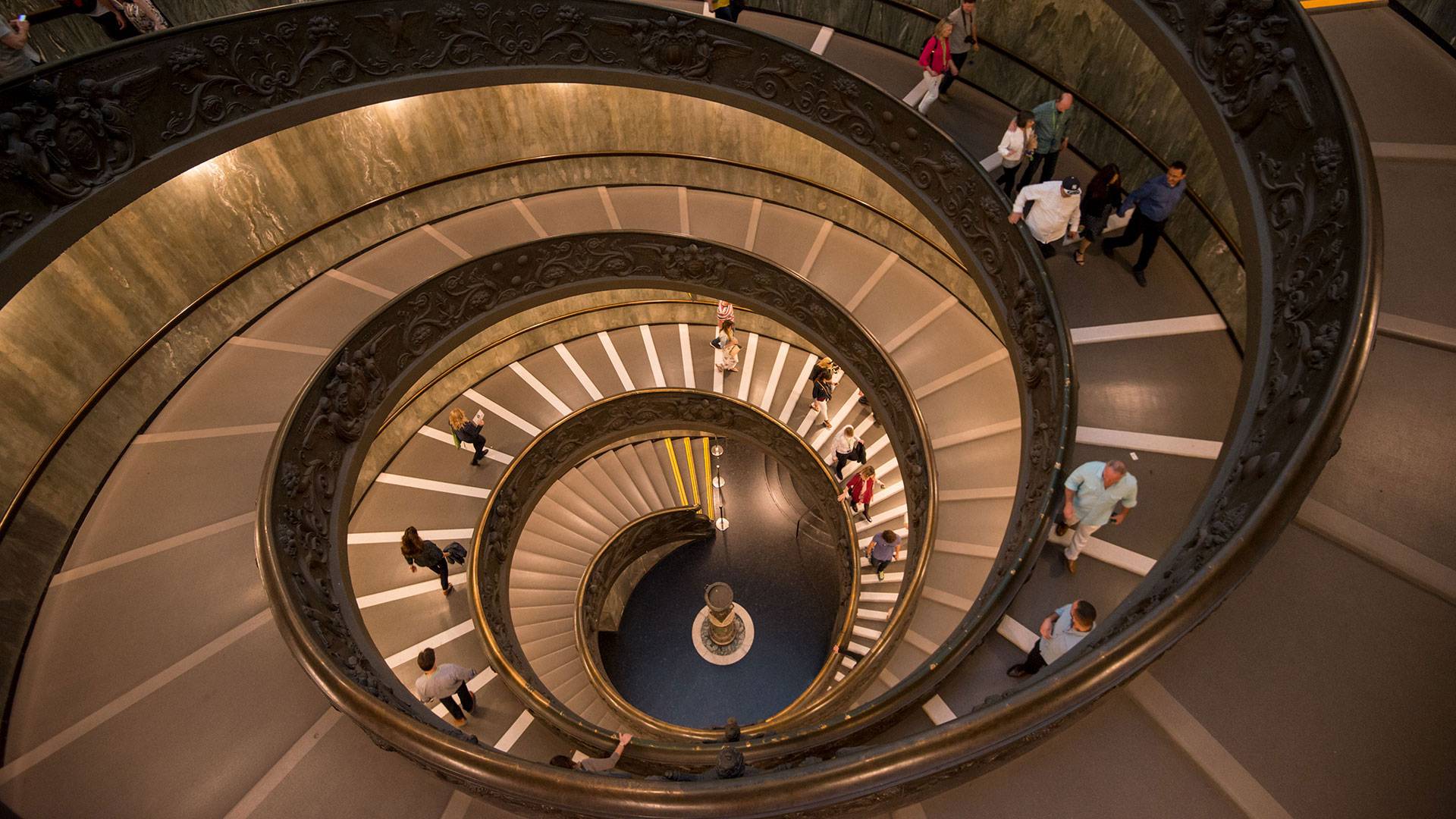Video Production
Videos allow a complete visual communication and help build emotional connections with people. Compared to image and text, video is a completely different method of engaging audiences since the amount of information can be displayed in a second and it can outweigh the amount of read information.
Video production, when compared to the value it generates, it is profitable to produce. It greatly increases brand recognition and online videos are inherently viral. More people prefer to watch videos than textual-based content and a well-produced video induces people to stay longer on websites. In short, people remember videos.
To summarize, Video production is the process of producing video content. It is the equivalent of filmmaking, but with images recorded digitally instead of on film stock. There are three stages of video production:
Pre-production
Pre-production involves all of the planning aspects of the video production process before filming begins. This includes scriptwriting, scheduling, and logistics.
Production
Production is the phase of video production which captures the video content (moving images / videography) and involves filming the subject(s) of the video
Post-production
Post-production is the action of selectively combining those video clips through video editing into a finished product that tells a story or communicates a message.
Types of videos
There are many different types of video production.. The term “Video Production” is reserved only for content creation that is taken through all phases of production (Pre-production, Production, and Post-production) and created with a specific audience in mind.
Production scale is determined by crew size and not the location of the production, or the type of content captured. Crew size in most cases will determine a project’s quality and is not a limitation of what kind of content can be captured. There are feature films that have been captured by a crew of just 2 people, and corporate videos that leverage teams of 10 or more.
What we do
At Eventi-X our in-house team can handle the production of your video from concept to delivery.
We listen to you every step of the way. We can help with outline planning, location finding, storyboards and scripts. When we have helped you define your audience and convey a specific message to them, then we start making the video. We have our own fully trained sound and lights crews plus camera operators, using the finest equipment available currently on the market. Only when you are happy with everything, we’ll shoot the video, take care of the voice-over and handle the post-production with color correction, motion design and 3D animation.
This is the age of video, don’t get left behind




